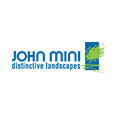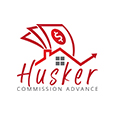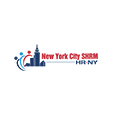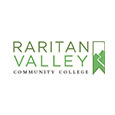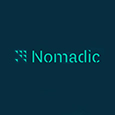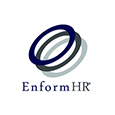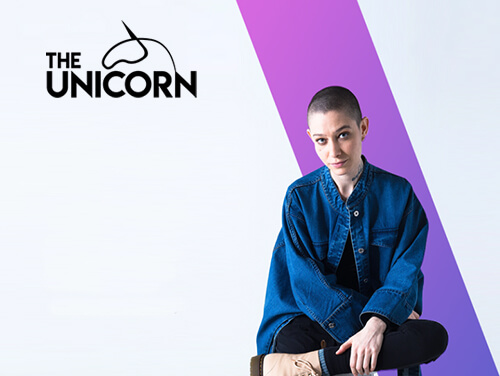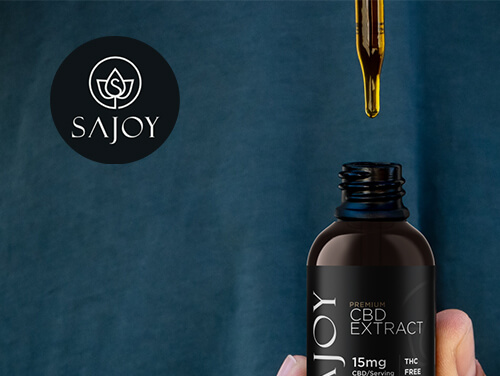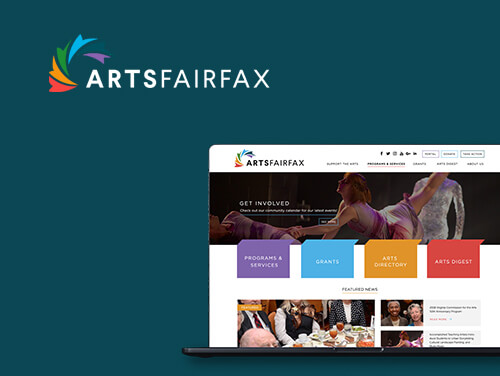
AWARD-WINNING DIGITAL AGENCY IN Knoxville, TN
(with no contracts, no commitments)
Scroll down

 Back
Back
Brand Strategy & Positioning
Combining forward-looking market segmentation with behavioural analytics along with a better understanding of customers is the future of brands. Rising above the clutter without breaking the bank is how intelligent brands are built in today's challenging economic conditions.
Web & Mobile Design and Development
Companies that create exceptional user journeys and experiences set themselves apart from their competitors. From eCommerce to complex membership and marketplace platforms to mobile apps, these tools are essential for a successful business strategy, implementation and consistent growth.
Content Creation & Video Production
Evolved real-time marketing and a global content strategy revolve around consumer and data-driven experiences designed to serve the end customer. The magic happens when brands unify creativity and analytics with their content and video marketing to provide exceptional experiences to their customers.
Paid Search & Social Marketing
Creating great omnichannel consumer experiences while driving business KPIs and revenue growth are key elements to successful ad campaigns. Highlight your brand's competitive advantage and generate bottom-line value by leveraging unique strategies and creating relevant & entertaining content.
In the Press













 Differentiate Your Company Brand
Differentiate Your Company Brand
 Boost Conversion Rates
Boost Conversion Rates
 Engage & Retain Attention
Engage & Retain Attention
 No Limits To Your Vision & Creativity
No Limits To Your Vision & Creativity

brand architects

Digital Engineers

content developers


Read more


Read more


Read more


Read more


Read more

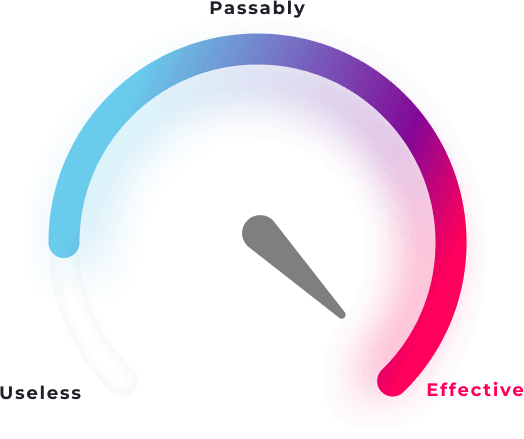
Read more


Read more


Read more


Read more


Read more

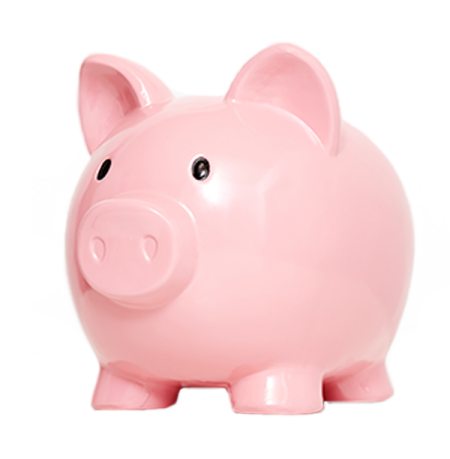
Read more


Read more











A city of great diversity, legends, delicious Southern food, and significant blues. An eclectic blend of urban sophistication, architectural marvels, and historic charm. A gateway to the Great Smoky Mountains. A great place to live and discover in every season. A city of Appalachian culture and a city of the future. Knoxville is where we turn today’s ideas and opportunities into tomorrow’s reality, helping customers with all things digital.
See all projects

Brands We Work With

















 Socialfix Media Named Best Workplace for 2020 on INC. Magazine’s Annual List of Top Companies
Awards & Press
Socialfix Media Named Best Workplace for 2020 on INC. Magazine’s Annual List of Top Companies
Awards & Press
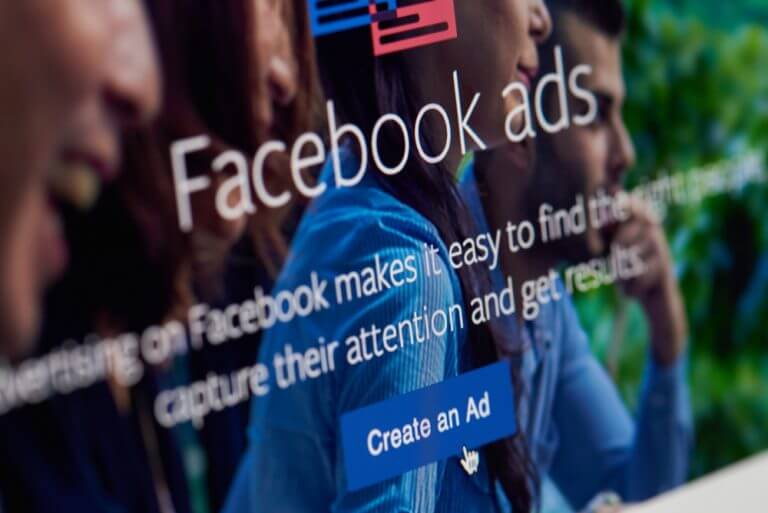 Facebook, Amazon and Others Small Business Grants Programs During COVID-19
COVID-19
Facebook, Amazon and Others Small Business Grants Programs During COVID-19
COVID-19
 Google Shopping – Small Business Grants Programs During COVID-19
COVID-19
Google Shopping – Small Business Grants Programs During COVID-19
COVID-19
 Socialfix Releases New Podcasts on Amplified3
Business
Socialfix Releases New Podcasts on Amplified3
Business
 Why You Should be Using a Data-Driven Social Management Platform
Business
Why You Should be Using a Data-Driven Social Management Platform
Business
 Socialfix Makes the Clutch 1000, Features New Martech in Forbes, and Launches New Amplified3 Podcasts
Awards & Press
Socialfix Makes the Clutch 1000, Features New Martech in Forbes, and Launches New Amplified3 Podcasts
Awards & Press
 Are Digital Marketers Ready for Virtual Assistants?
Business
Are Digital Marketers Ready for Virtual Assistants?
Business
 Can High-EQ Robots Save The World?
Business
Can High-EQ Robots Save The World?
Business
 How Holography Will Refit Martech
Trends
How Holography Will Refit Martech
Trends
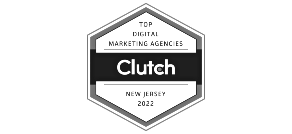
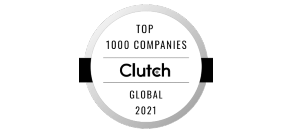
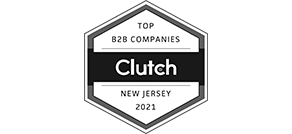
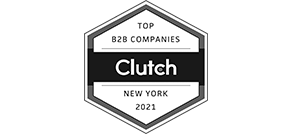






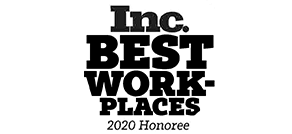












Across industries, the average conversion rate for B2B websites is at 2.35 percent (WordStream). Again, there are many factors that affect conversion rates, including niche and audience, website design, SEO, site navigation, mobile optimization, and page load time.

The question whether PPC or SEO is better for conversions has long been debated. Again, there is no one-size-fits-all answer, and typical rates vary greatly depending on channel and niche. In healthcare, for example, the rate is at 5.1 percent for PPC and 5.6 percent for organic search. Figures show the opposite when it comes to finance. The conversion rate is at 6 percent for PPC and 4.7 for SEO (Victorious).

Mobile conversion rates are slightly lower than desktop, the main reason being screen size. The fact is also that many websites are not mobile optimized.
According to the Monetate Q1 2020 Ecommerce Quarterly Benchmarks report, mobile conversion rates were at 1.81 percent compared to 2.92 percent for tablets and 1.98 percent for desktop devices.

While both are metrics, click-through rates show how many people have clicked on a specific link or ad while conversion rates refer to the percentage of users who have completed a specific action. The main difference between both is that the first metric focuses on what action people perform before they visit your website while the second looks at what users do when they are on your website.

Data shows that the average conversion rate is 2.1 percent for B2C businesses and 0.9 percent for B2B marketers. Rates also vary by industry and social media. B2B construction businesses have an average rate of 1.1 percent when advertising on LinkedIn while business insurance companies enjoy 1.4 percent. Again, what a good PPC conversion rate is depends on a number of factors, including industry, product range, pricing, brand awareness, and target audience.

Today, more and more businesses are experimenting with subscription models, including companies in industries such as home maintenance, health and wellness, gaming, in-home fitness, and aviation. The benefits are clear: customer insight, recurring revenue, and predictability. As many businesses are turning to subscription models, the question of what a good conversion rate is has become an increasingly important one.
A conversion rate above 2 percent is generally considered good. Rates over 5 percent are not uncommon depending on factors such as length of subscription, set-up fees, whether you offer a free trial, and so on.

While major brands enjoy better results than small and medium sized businesses, conversion rates in the range 2 – 5 percent are considered good. At the same time, conversion rates vary by business type (i.e., B2C vs. B2B), desired outcome (making a purchase vs. signing up for a free trial), your location, etc. Like other things in life, there is no one-size-fits-all answer and what a good rate is depends largely on your conversion goals.

The average conversion rates for eCommerce companies stand at 2.58 percent (Invesp) and vary by source, region, and industry. Catering and restaurants have the highest rates (5.5 percent), followed by haircare (3.5 percent), beauty and skincare (3 percent), and health and beauty (2.8 percent). Industries with the lowest conversion rates include luxury handbags (0.6 percent), home furniture (0.6 percent), and luxury apparel (1 percent) (Smart Insights).

With 17 years of industry experience, we have helped hundreds of marketers with their PPC campaign planning. We have experience with conquest, retargeting, solutions, and branded campaigns and can help you develop or optimize your PPC strategy based on your goals, geographic area, budget, and account size. We will cover activities such as defining your target audience, picking relevant keywords, filtering out negative keywords, optimizing your landing pages, etc.

At Socialfix, we have the expertise and know-how to help you improve your conversion rates and accomplish your online goals. We can deliver a tailored and carefully crafted optimization program that covers all activities and strategies, from research and data analysis to developing, testing, and reviewing your optimization plan. From content and video creation to performing a CRO audit and running tests on your landing page, we can help you grow the number of leads that you get.

To calculate the rate, simply divide the number of conversions you got by the size of your audience. Examples of conversions would be visitors making a purchase, users upgrading their plan or service, people using your app or software, and visitors downloading, registering, or signing up for a subscription.
Calculating the conversation rates is easy. Say you have 80 sales and 1,500 visitors a month. The rate would be 80 divided by 1,500 and multiplied by 100 or 5.3 percent. On average, websites get between 1 and 3 percent.

In digital marketing, conversion rates refer to the percentage of website visitors who have gone to perform a specific action. Rates vary based on factors such as target device (PC, tablet, or mobile), your niche, value proposal and product, and relevant traffic. There are many ways to improve the conversion rates such as providing a clear product description, sharing testimonials and feedback, optimizing your checkout page, adding a live chat option, and offering different payment methods.

Conversion optimization agencies work with marketers to increase the number of website visitors and generate leads. The focus is on optimization and elements such as design, content and persuasion, call-to-action buttons, the user experience, and conversion reach. The goal is to improve performance, reduce customer acquisition costs, and boost revenue.
See More













Find out which PPC strategies are best for your advertising campaigns

In the world of paid advertising, you learn by testing and fine-tuning your strategy. You test out new channels, your keywords, placements, and ad content, hoping to deliver results fast. PPC is said to be an advertising laboratory. But even with all that testing, things may not work out in your favor. You’ve tried every single success tip to increase your PPC conversions and you start to lose your enthusiasm. The good news is there is plenty you can do. So, if you are looking for new strategies for your PPC campaigns, these overlooked tactics will help you boost your conversion rates.
- Optimizing Ad Extensions
Using the right extensions will help you to enhance your ads and improve your campaign performance. Extensions offer additional information such as location, product descriptions, or pricing, giving customers more reasons to engage with your business. Basically, they add value for customers by matching location, intent, product search, and other signals.
- Setting Bid Adjustments by Audiences, Demographics
Bid adjustments allow marketers to choose how frequently ads show up based on location, time of day, device, or target audiences. More specifically, you can adjust bids by parental status, income, age, or gender to target preferred audiences. Demographic targeting allows you to appeal to specific customer segments that are performing better and are more likely to buy your product.
- Optimizing Ad Schedules
Ad scheduling allows you to set times throughout the day when your prospects are more likely to take action. The key to optimizing ad schedules is identifying consistent trends and patterns in your data to ensure maximum exposure. This will help you minimize wasted ad spend and make the most of your advertising dollars.
- Negative Keywords
Using negative keywords is a way to prevent your ads from being displayed to customers who are not interested in your product or service. For example, if you are a computer repair business, excluding keywords like “new computers” or “desktop computers for sale” will help your ad reach the right target audience.
- Branded Campaigns
Branded campaigns have the goal of spreading the word about your business and what it does. With this type of tactic, you only use keywords and search terms containing your brand’s name. Running a branded campaign ensures that you are in the top spot for customers interested in your product or service.
- Optimizing Landing Pages
Landing page optimization involves creating well-designed pages to turn prospects into customers after clicking on your ads. There is plenty that you can do to optimize your landing page such as:
- Use compelling design
- Add success stories and customer reviews
- Use chatbots to build engagement
- Add eye-catching infographics and images
- Keep your page updated
- Mobile-Only Ads
Today, mobile accounts for about 50 percent of all web traffic in the US (Statista), which makes mobile-only ads one of the most effective tactics for targeting online audiences. It absolutely pays to optimize your website for mobile devices to create a consistent user experience. Choose a reliable host that can handle the traffic, optimize for mobile speed, simplify your navigation for better usability, and keep content short.
- Work with PPC Marketing Agencies
Working with a PPC marketing agency will help you to identify the most appropriate ads to market your brand and product. PPC experts can help you target the right audience based on previous search behavior, buyer persona, location, and device. With industry experience, know-how, and resources, your digital marketing team knows how to do pre-campaign search, create a keyword plan, and launch and manage your ad campaigns.
Takeaways
Each of these strategies offers unique advantages and can help you improve your PPC conversion rate. Just set a realistic budget, test multiple platforms, optimize for mobile, target the right demographics, and most importantly, create a compelling ad copy.


